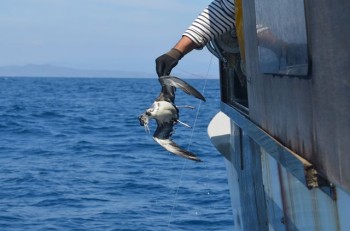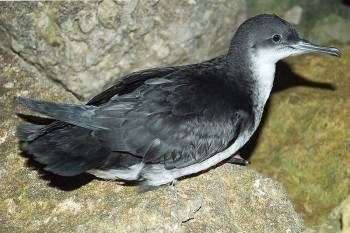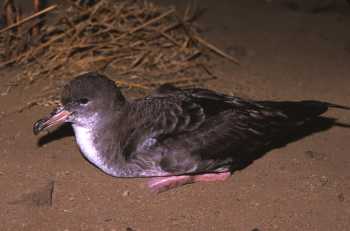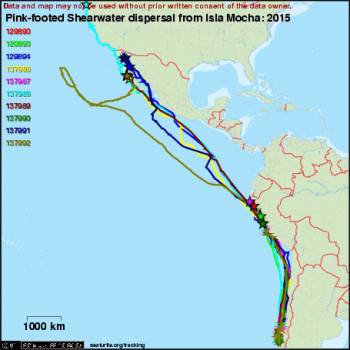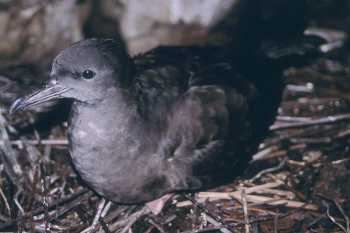Susan Robinson (Invasive Species Branch, Department of Primary Industries, Parks, Water and Environment, Hobart, Australia) and colleagues have published in the New Zealand Journal of Ecology on the recovery of Tasman Island’s Short-tailed Shearwaters Puffinus tenuirostris and Fairy Prions Pachyptila turtur after the removal of feral Domestic Cats Felis catus.
The paper’s abstract follows:
"A restoration programme was initiated in 2008 in response to high levels of seabird predation by feral cats (Felis catus) at Australia’s largest fairy prion (Pachyptila turtur) colony on Tasman Island, Tasmania. The primary knockdown involved aerial baiting with para-aminopropiophenone (PAPP) in meat baits. The efficacy of baiting was lower than expected resulting in trapping and hunting commencing earlier than planned. Cats were successfully eradicated over two weeks. Key to the success of the programme was the identification of a narrow window of low prey availability for cats. Post-eradication monitoring of the two most common seabird species, fairy prions and short-tailed shearwaters (Ardenna tenuirostris), showed positive signs towards population recovery. Prion activity increased three-fold and shearwater breeding success increased.”
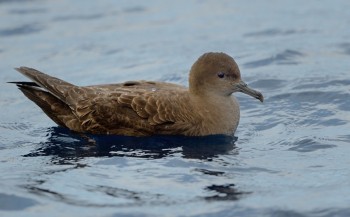
Short-tailed Shearwater
Click here for an earlier news item on conservation efforts on Tasman Island.
Reference:
Robinson, S., Gadd, L., Johnston, M. & Pauza, M. 2015. Long-term protection of important seabird breeding colonies on Tasman Island through eradication of cats. New Zealand Journal of Ecology 39.
John Cooper, ACAP Information Officer, 26 June 2015

 English
English  Français
Français  Español
Español 